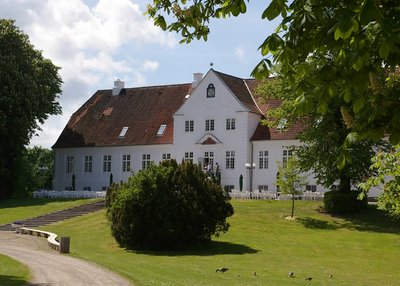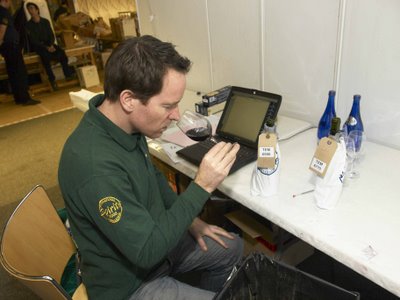Burnt Rubber: the great South African wine debate
Here's a film from an event held yesterday titled 'The Great Cape Wine Debate'. It involved a group of UK journalists and a select band of South African winemakers to discuss several current topics, focusing in particular on the 'Burnt Rubber' issue. The debate was organized by South African specialist Richard Kelley MW (of importer Richards Walford), and he gathered a stellar line-up of winemakers:
- Marc Kent (Boekenhoutskloof)
- Roelf & Michelle du Preez (Bon Cap)
- Gottfried Mocke (Cape Chamonix)
- Bruce Jack (Constellation)
- Chris Williams (Meerlust/The Foundry)
- Niels Verburg (Luddite)
- Carl van der Merwe (Quoin Rock)
- Eben Sadie (Sadie Family Wines)
- Callie Louw (TMV)
- Mike Ratcliffe (Warwick and Vilafonte)
So what is the 'Burnt Rubber' issue? In brief, it's the off flavour/aroma that many people have been noticing in South African red wines. Critics, largely in the UK, have been pointing out that too many South African reds show a rather off-putting burnt rubber character that immediately marks them as South African. In response, Jo Mason of Wines of South Africa got together a group of these critical journalists and presented them with a number of South African reds (as well as a few ringers) blind. They reached more-or-less a consensus on which reds showed the burnt rubber character, and these were sent to wine science researchers in South Africa for analysis to see if any offending characters could be identified.
The 20-minute video covers the discussion between the journalists and winemakers. It's evidently a sensitive topic- and a controversial one. It should be pointed out that this group represents some of South Africa's top winemaking talent, and their wines (which we tasted) don't show any hints of burnt rubber. As such, it's a little unfair to be putting them under the spotlight like this.
You can read more about this issue in the following pieces:
- Jane MacQuitty's controversial Times article from last year
- Decanter news piece
- An SA viewpoint from Grape
Labels: faults, south africa, wine science


 The web log of wine journalist Jamie Goode. Feel free to nose around; your comments are welcome
The web log of wine journalist Jamie Goode. Feel free to nose around; your comments are welcome 
